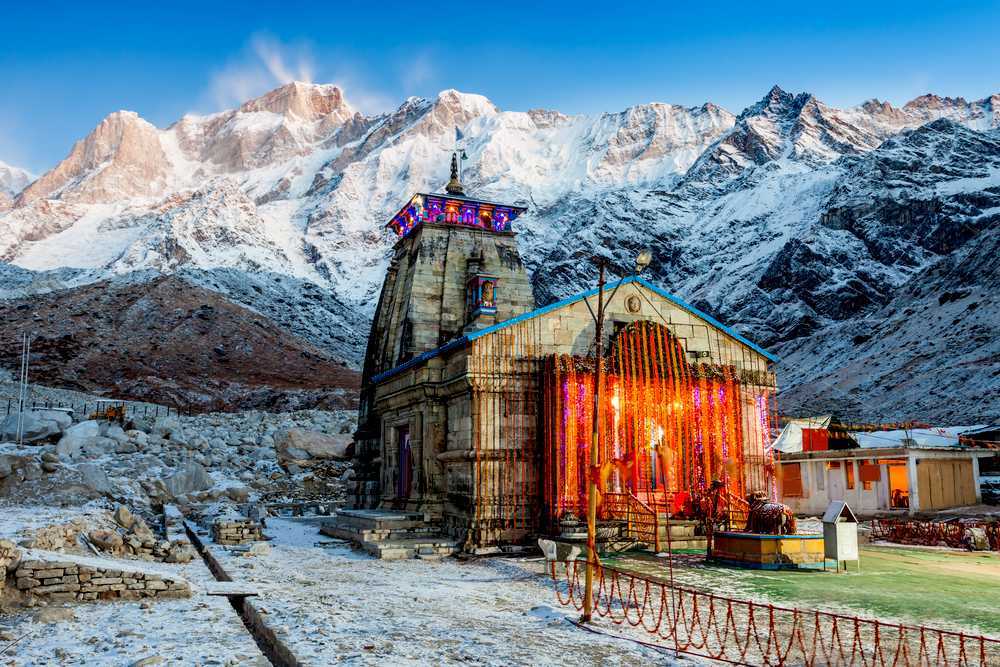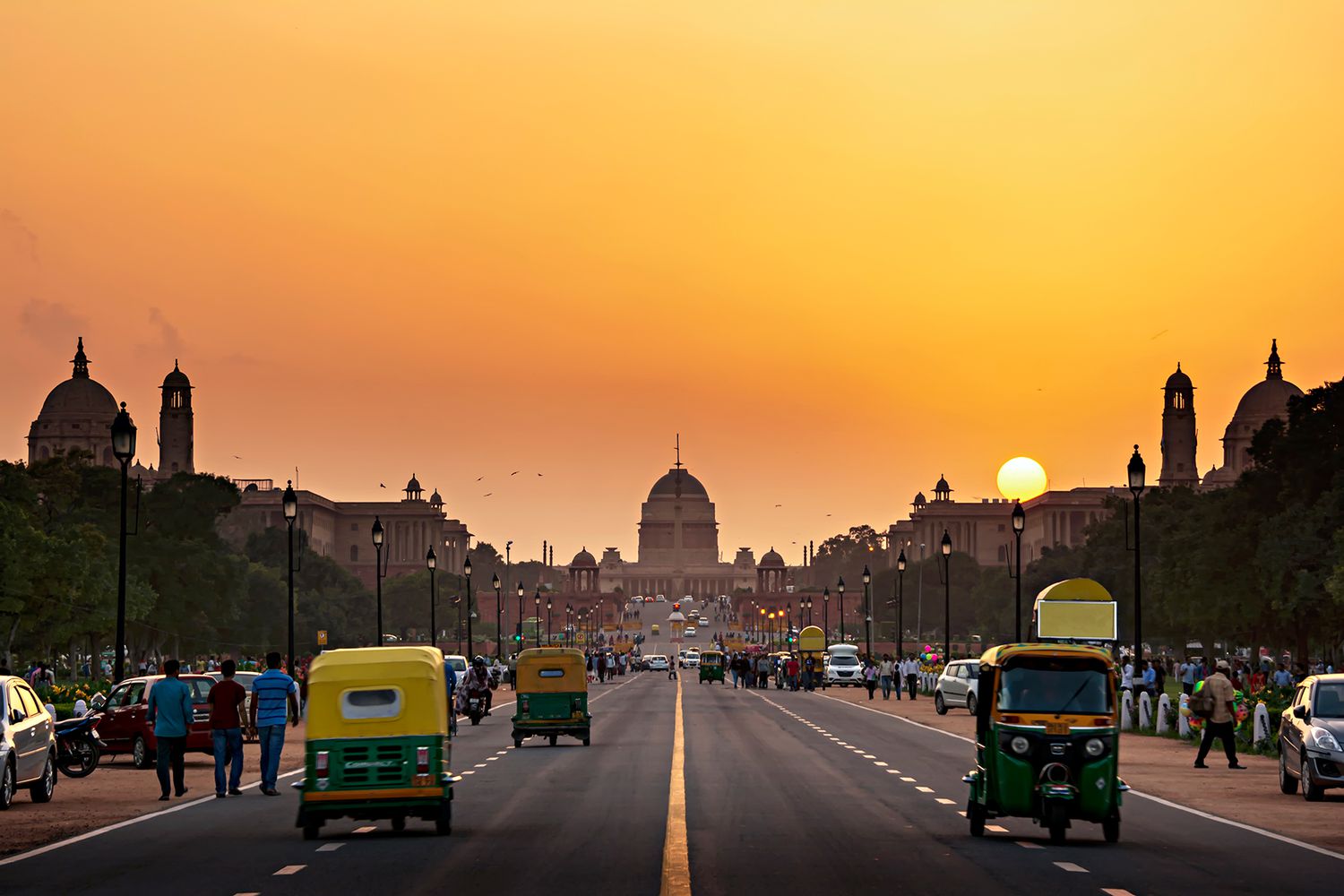Nestled in the lap of the majestic Himalayas, the holy town of Kedarnath holds immense spiritual significance for Hindus around the world. Situated in the Rudraprayag district of Uttarakhand, India, this sacred pilgrimage site is dedicated to Lord Shiva and attracts thousands of devotees each year. If you’re planning a visit to Kedarnath, this guide will provide you with essential information to make your pilgrimage a truly memorable and fulfilling experience.
Getting There:
Kedarnath is situated at an altitude of 3,583 meters (11,755 feet), and reaching the town requires some effort and planning. The closest major city is Haridwar, which is well-connected by rail and air to major Indian cities. From Haridwar, you can hire a taxi or take a bus to reach Gaurikund, the starting point of the trek to Kedarnath.
The Trek:
The trek from Gaurikund to Kedarnath is approximately 16 kilometers (10 miles) long and can be quite challenging, especially for those not accustomed to high-altitude trekking. It is recommended to start the trek early in the morning to avoid the midday heat and to allow enough time to reach Kedarnath before nightfall.
Ponies and palanquins are available for hire at Gaurikund for those who prefer not to trek on foot. However, it’s important to note that the path can be steep and narrow in some sections, so caution and proper footwear are necessary.
Accommodation:
In Kedarnath, there are several guesthouses and dharamshalas (pilgrim rest houses) that provide basic accommodation facilities. It is advisable to book your accommodation in advance, especially during the peak pilgrimage season (May to October). Alternatively, you can also choose to stay in nearby towns such as Guptkashi or Sonprayag and visit Kedarnath as a day trip.
Temple Visit:
The main attraction in Kedarnath is the ancient Kedarnath Temple, believed to have been built by the Pandavas from the Hindu epic Mahabharata. The temple is open to devotees from April to November, and it is a place of great reverence and spirituality.
Before entering the temple, it is customary to take a dip in the holy Mandakini River and seek the blessings of Lord Shiva. Photography and mobile phones are not allowed inside the temple premises, so be sure to respect the rules and regulations.
Exploring the Surroundings:
Beyond the religious significance, Kedarnath also offers breathtaking natural beauty and opportunities for exploration. Take some time to soak in the serene atmosphere and enjoy the panoramic views of the snow-capped peaks that surround the town. The Vasuki Tal, a glacial lake located a few kilometers from Kedarnath, is a popular trekking destination and offers a tranquil retreat amidst nature.
Safety Precautions:
Due to the high altitude and challenging terrain, it is important to take certain safety precautions during your visit to Kedarnath. Acclimatization is crucial to avoid altitude sickness, so allow your body time to adjust to the higher elevation. Stay hydrated, carry essential medications, and dress in layers to protect yourself from the unpredictable weather.
It is advisable to carry some snacks and water for the trek, as there are limited options for refreshments along the way. Additionally, it’s always wise to travel with a trusted guide or in a group for added safety.
Conclusion:
In conclusion, a visit to Kedarnath is an experience that goes beyond a mere pilgrimage. It is a spiritual journey that immerses you in the breathtaking beauty of the Himalayas and connects you with the divine. From the challenging trek to the ancient Kedarnath Temple, the town offers a profound sense of serenity and devotion. Remember to plan your trip carefully, acclimatize to the altitude, and respect the customs and regulations of the sacred site. Let the enchanting landscapes and the spiritual atmosphere of Kedarnath leave an indelible mark on your heart as you embark on this unforgettable pilgrimage.




